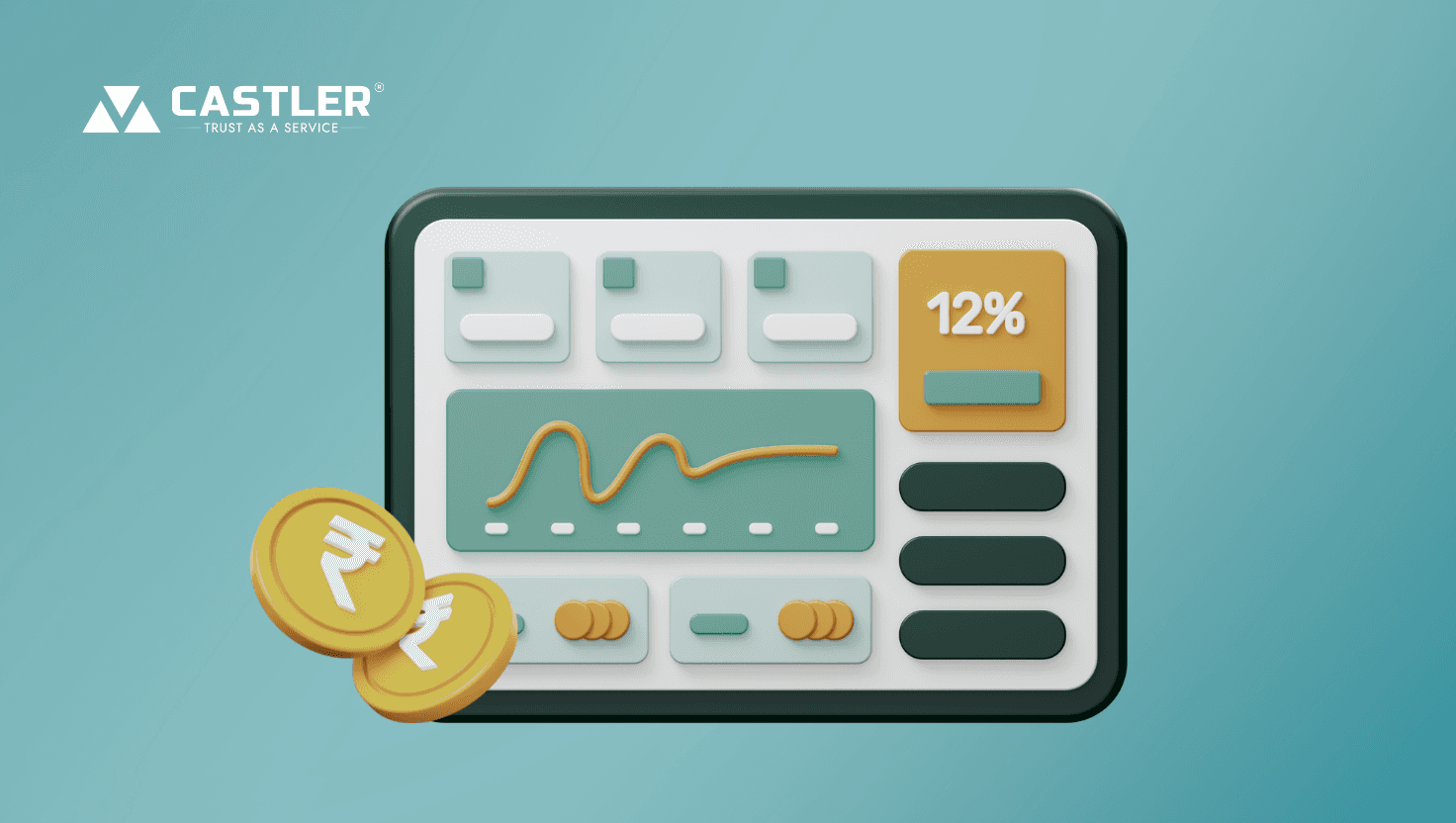Escrow Basics
Marketplace
|
July 4, 2025
-
6 MINS READ

Introduction
Consumers now expect food, essentials, and even electronics in minutes in today's digital-first age. Quick Commerce on-demand, ultra-fast delivery has been a revolutionary retail model, spearheaded by players such as Blinkit, Zepto, and Instamart. In India alone, quick commerce expanded from $300 million in 2022 to $7.1 billion in FY 2025, and is expected to treble by 2027 to ₹1.5–1.7 lakh crore
For consumers, this change brings enormous benefit but also considerable pressure. From skyrocketing customer demands to backend challenges, success at quick commerce requires strategic planning, infrastructure maturity, and secure payment infrastructure. That's where platforms such as Castler come in, facilitating frictionless, trust‑backed transactions at scale.
The Quick Commerce Boom: Key Drivers
1. Sky‑High Growth and Adoption
Quick commerce isn't a niche trend it's mass-market. Numbers peg the global Q‑comm market at $185 billion in 2025 and predict it will reach $338 billion in 2032 .
In India, the industry continues to be a powerhouse, with YoY growth of 75–100%, overtaking traditional retail growth .
Tier‑2 consumers and urban residents are increasingly opting for 10–30 minute delivery, and platforms are venturing into new categories like person care, electronics, medicines, to remain relevant.
2. Hyper‑local Infrastructure & Consumer Behaviour
Success for Q-comm depends on optimized dark stores' locations, local demand-driven predictive inventory, and delivery route optimization. In 2024, Swiggy Instamart, Blinkit, and Zepto collectively handled millions of orders 125K/day delivered by Blinkit and ₹4,454 crore generated by Zepto in FY 24
Opportunities for Retailers
Speed as a Competitive Advantage
Instant delivery is not just convenience it's differentiation. Providing 10–15 min delivery fosters loyalty and wins customer mindshare. With retailer-driven delivery (BigBasket Now, Myntra M‑Now), players can compete head-on on velocity
New Revenue Streams & Premium Services
Players can move into fast-moving consumables, OTC drugs, products such as phone chargers or cables, and premium express services serviced fees generate higher margins and revenue diversification.
Penetrating Tier‑2 and Beyond
Q‑comm is no longer just about metro cities. Smaller cities, hitherto untapped, are now adopting fast delivery with reduced logistics costs and increased consumer density.
Structural Challenges and Risks
1. Pressure on Profitability
While there has been booming growth, many platforms are still loss-making. Blinkit's profits fell 77%, Swiggy doubled the losses, while profit margins continue to get pinched by pricing and logistics. (To know more)
2. Operational Overhead and Workforce Strains
High infrastructure expenses dark stores, delivery fleets, technology systems require robust expansion. Platforms depend on gig workers whose availability and turnover fluctuate greatly.
3. Regulatory Scrutiny and Public Fears
Local merchants accuse platforms of unfair pricing and non‑compliance, raising regulatory eyebrows especially in supply chains and FDI .
4. Payment Efficiency and Security Concerns
Scaled payments to partners, riders, and vendors require strong payment infrastructure. Risk factors are payment delays, fraud, resolving disputes, and distrust without escrow or verification mechanisms.
Securing Q‑Comm Growth with Transaction Trust
Retailers need to complement speed with secure, compliant financial infrastructure if they are to leverage fast commerce.
1. Escrow‑backed Payments for Trust
Escrow reserves seller or rider revenue until delivery is attested, guarding against fraud or dispute—a vital mechanism in marketplace structures where trust is paramount.
2. Integrated Verification & Multi‑Party Settlements
Payments to multiple parties (fleet, vendors, platform) with mixed splits require verifier-based automated control and open audit trails to guarantee reliability and regulatory adherence.
3. Real‑Time Visibility & Reconciliation
Visibility into payment status, settlement information, and API‑powered reconciliations prevent reconciliation failures that can erode cash flow and confidence.
How Castler Empowers Secure Quick Commerce Operations
Quick commerce builders can trust Castler's transaction infrastructure to take on payment complexity directly:
1. Escrow‑Enabled Verified Payouts
Castler receives payment up to delivery milestones, where only sellers, riders, and platforms are paid after confirmed completion. This builds trust and accountability into each transaction.
2. Multi‑Party, Conditional Flows
Merchants can implement and automate conditional payments rider commissions, inventory returns, platform fees inside one, programmatic system, making operations easier and protecting against mistakes.
3. Compliance & Auditability Built In
As regulation increases (RBI, DPDP, FDI, local trade regulation), Castler inherently incorporates KYC/AML, data logging, and audit trails enhancing regulatory agility and minimizing frictions with regulators.
4. Frictionless API Integrations
Castler's software integrates natively with dark store software, delivery app integrations, vendor portals, and core fintech infrastructure allowing end-to-end payment processes without interrupting installed software.
Conclusion
Quick Commerce is not a trend it's the future of city retail. With triple-digit growth forecasted through 2027
Retailers who are able to excel at speed, scale, and secure payment flows will dominate the market. But speed needs to be paired with trust, transparency, and financial strength. Castler platforms enable Q-comm businesses to process escrowed payments, automate multi-party settlements, comply with regulations, and reconcile in real-time.
Written By

Chhalak Pathak
Marketing Manager




